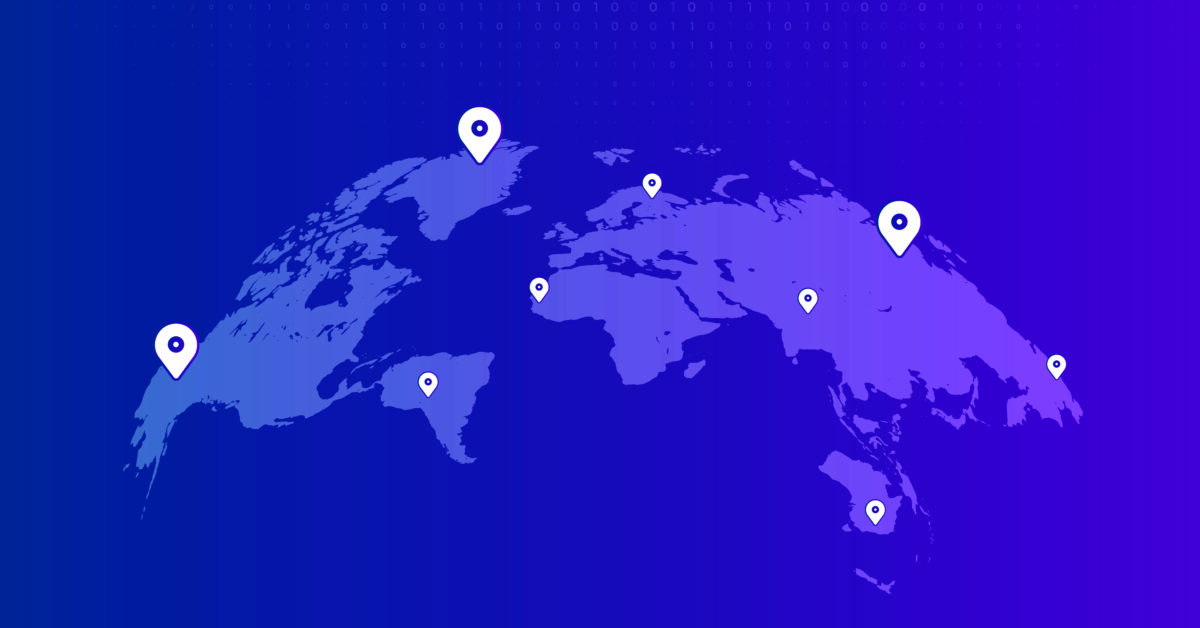Branch Office Visibility for Integrated Application and Network Performance Monitoring

Businesses often establish branch offices to improve their services by providing convenient localized access for their customers. These branch offices play a significant role in generating revenue for the company. In today’s interconnected world, branch offices are expected to provide secure and flexible network access to employees and customers for various activities such as unified communications (UC), banking transactions, point of sale (POS) transactions, and medical record transfers. However, IT staff responsible for branch office performance often lack the same level of visibility and control over performance, security, and the remote user’s experience compared to applications hosted in a centralized data center. These blind spots make it challenging for IT teams to quickly resolve issues that can affect the productivity and efficiency of remote workers.
Bridging the visibility gap can be challenging, especially with no full-time IT staff on site. Maintaining consistently high levels of performance and security is difficult, and justifying large-scale deployments of dedicated monitoring and troubleshooting technologies for branch locations may not be feasible.
Packet capture and analysis is a proven methodology that allows branch locations to diagnose and optimize performance issues. However, instrumenting branch locations with packet capture capabilities is often cost-prohibitive.
Packet Capture for Bank Branches

With the expansion of major banks and the resulting establishment of hundreds or thousands of physical branch locations, the volume of financial data flowing between these locations has increased significantly. User traffic from branch locations may be localized, may travel back to the data center, or may transit directly to online services. This can be challenging for legacy monitoring approaches that are often data center centric and can hinder the ability of financial institutions to protect data and comply with regulatory requirements.
Balancing performance, security, and the end-user’s experience in this complex environment requires innovative solutions that provide real-time insights and effective management of IT services. A localized packet capture appliance can monitor remote branch traffic in detail, including packets that may remain within the branch office and never reach a centralized data center.
Packet capture reduces the mean time to resolution (MTTR) for performance issues, ultimately saving time and money. It also improves vendor accountability by identifying the root cause of problems with the responsible server, application, or network connection. In addition to these benefits, packet capture provides a valuable source of forensic data that can improve threat mitigation and help satisfy regulatory requirements.
Packet Capture for Retail
 Despite a significant shift to online shopping, major retail chains still extend their reach by opening regional locations offering unique customer experiences. These stores depend on reliable network connections for inventory management, POS transactions, and internal communications. Maintaining reliable performance in retail locations is key to attracting and retaining satisfied customers.
Despite a significant shift to online shopping, major retail chains still extend their reach by opening regional locations offering unique customer experiences. These stores depend on reliable network connections for inventory management, POS transactions, and internal communications. Maintaining reliable performance in retail locations is key to attracting and retaining satisfied customers.
The extensive deployment of retail locations creates challenges for IT and operations teams interested in gaining insight into network traffic. Lack of direct visibility causes the user experience to suffer and may hide critical security issues. Capturing packet data from all or key remote locations provides a more comprehensive view of the network, leading to more accurate and efficient analysis. Deploying dedicated packet capture appliances ensures that all activities, including those that occur within the remote site or route directly to the cloud, are captured for analysis.
Packet Capture for Healthcare
 As telehealth, electronic health records (EHRs), and IoT wearable devices are integrated into the healthcare landscape, on-premises and cloud resources converge to meet the medical and privacy needs of patients. While deploying small to medium clinics in rural areas can extend advanced healthcare services to more people, inadequate or unreliable network connectivity, application performance, and threat visibility in these locations can have life-or-death consequences.
As telehealth, electronic health records (EHRs), and IoT wearable devices are integrated into the healthcare landscape, on-premises and cloud resources converge to meet the medical and privacy needs of patients. While deploying small to medium clinics in rural areas can extend advanced healthcare services to more people, inadequate or unreliable network connectivity, application performance, and threat visibility in these locations can have life-or-death consequences.
Localized data capture improves remote performance visibility for network administrators and validates that sensitive data is being properly secured and transferred to and from the centralized data center. Network administrators gain valuable insight into on-premises, cloud, and hybrid applications and can score necessary insights into service performance and the end-user experience. There is no longer a need to compromise when it comes to visibility for essential healthcare services.
The Right Branch Office Visibility Solution
The banking, retail, and healthcare industries are examples of remote branch deployments that can benefit from affordable, purpose-built packet capture appliances as a critical component of network and service management. Although the deployment models for remote locations may differ, the need for localized insight remains the same.
The GigaStor Branch (GSB) appliance provides a scalable and affordable method to extend the benefits of packet capture to the branch office. These benefits include the generation of the same Key Performance Indicators (KPI’s) available from their larger GigaStor cousins located in the data center. The captured branch office packet data is seamlessly integrated with packet data from the data center using intuitive Observer Apex dashboards and workflows. VIAVI has bridged the visibility gap for remote sites by aligning the form factor and capabilities of the industry leading GigaStor packet capture appliance with the unique requirements of the branch office.
—
Learn more about the Branch Office Visibility solution from VIAVI.




